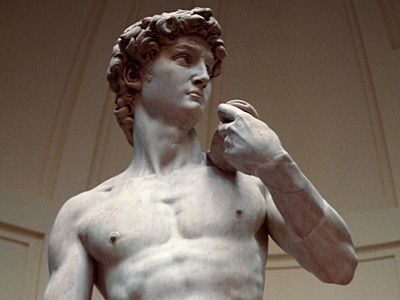Art in the Everyday:
Subway Performers
You’ve all seen them, the ones that come in and start with “Ladies and gentlemen…” or the ones that pull out a ukulele and start singing ballads about life or love. They camp 14th street – Union Square, and some people stop to give a few coins. Others keep moving, because they’ve seen it all already. It’s disappointing that art is so neglected, but perhaps it’s inevitable that people see it as a luxury instead of a necessity.
I’ve yet to see any amazing performers, but they’re not shabby. Even so, the romantic idea of a talented, starving artist jumping from bar to bar, playing for whoever will hear him or her is poles apart from reality. They travel and take art with them, yet I wonder how quickly each of these artists would give up art for a decent life. Philosophizing aside, subway and street performers truly add to the culture of New York City. We may have grand institutions like the Metropolitan Opera and Carnegie Hall, but there is art to be found on our streets as well. It’d be rude to call this “low art” or “common art”, so perhaps a more apt term would be “everyday art”.
I saw a young boy about eight sitting in front of a piano keyboard the other day. He was well-dressed with a black cap on his head, and simply reminded me of Oliver Twist. I got on the train soon, but that scene of a classy, posh boy playing classical music amidst the grimy, desolate subway with hooded passerbys stays with me. In a way, that was installation art – it had a profound effect because of where the art (the boy) was located. The contrast of him against the drab surroundings was striking. Indeed, it was surprising because I’d never expect to see him there (just as I’d never expected to find a giant Earth wedged beneath the High Line).
There are plenty of similar surprises in New York City that we’d stumble upon if we opened our eyes to them – artistic novelties that are a stroke of serendipity. In fact, one could write a book on all of them, or perhaps even publish a photobook of snapshots!










